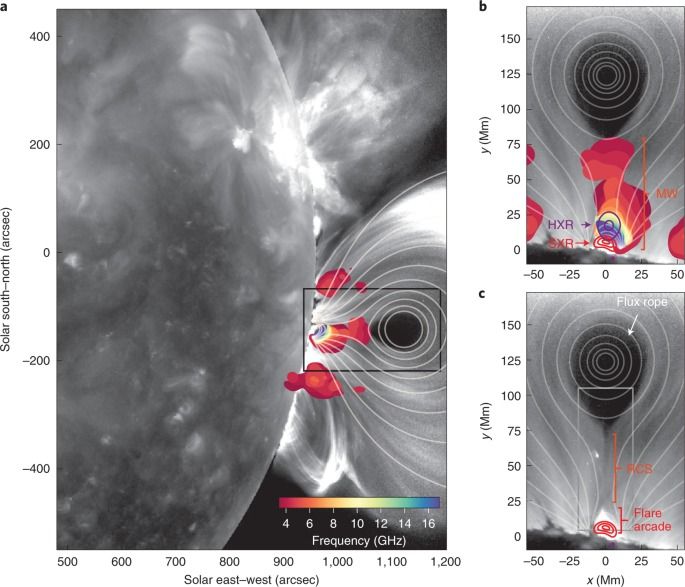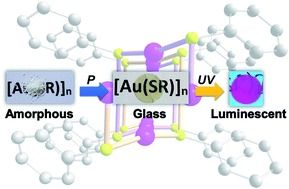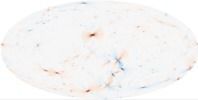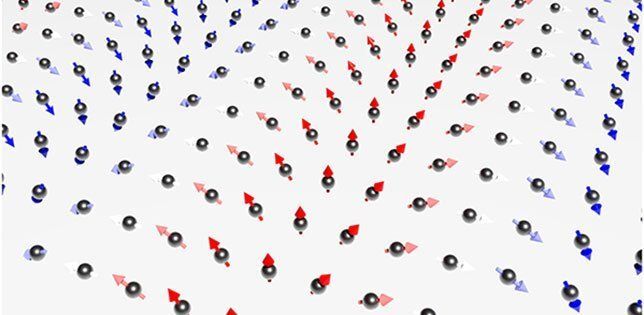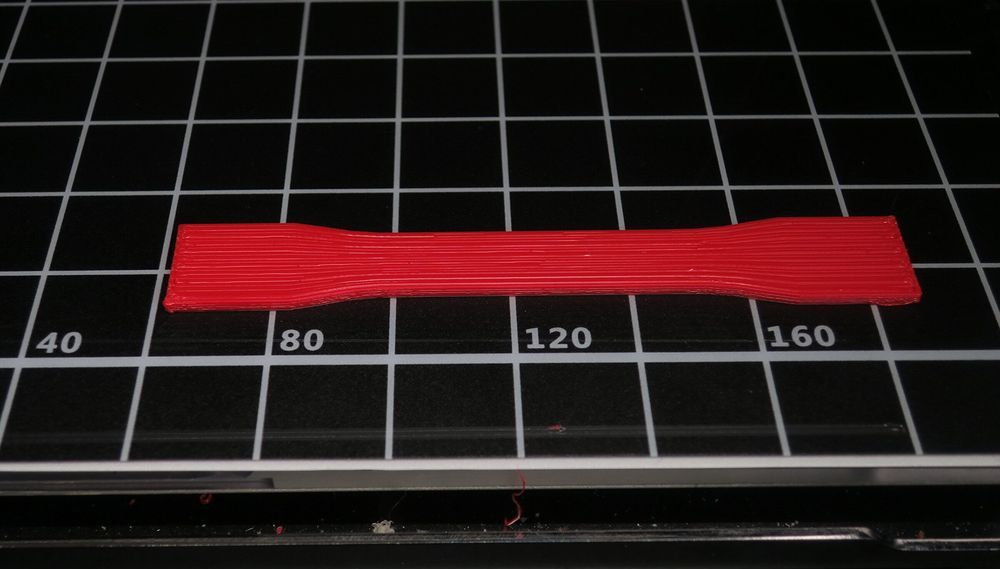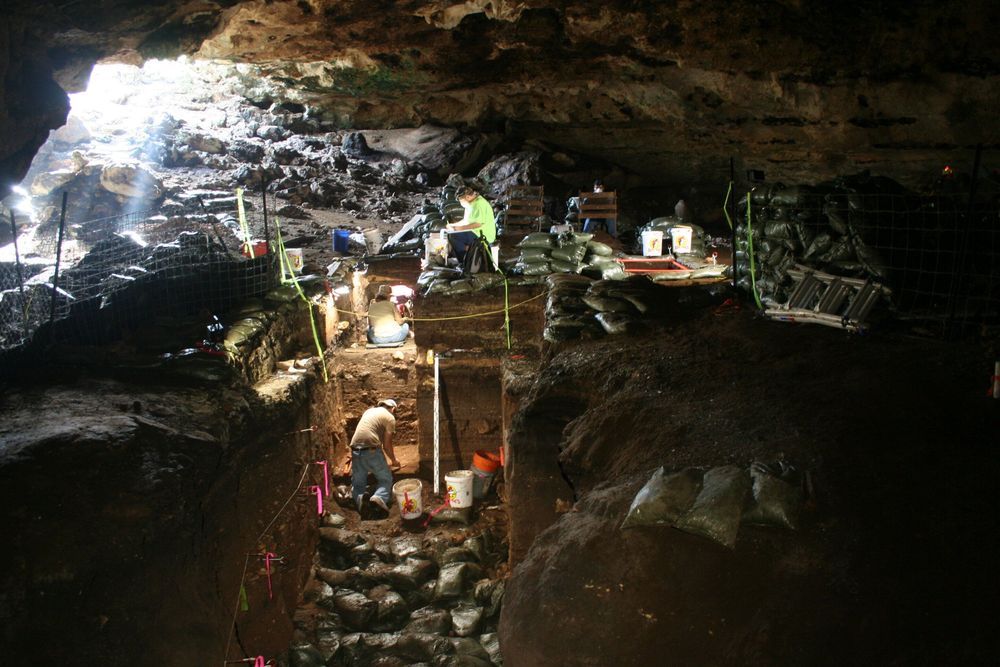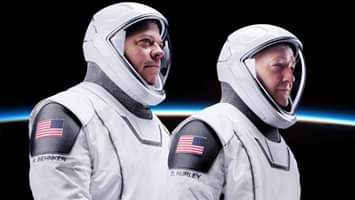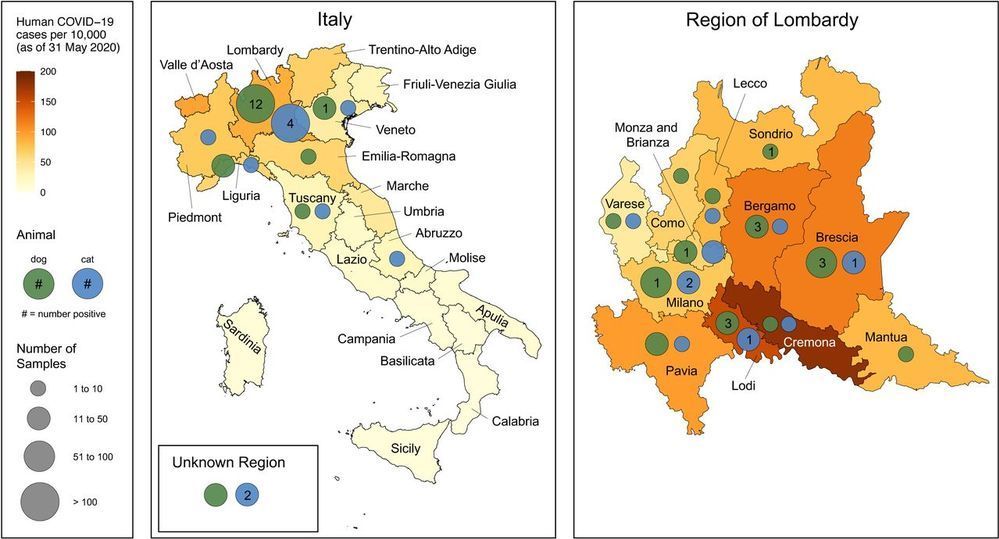
SARS-CoV-2 originated in animals and is now easily transmitted between people. Sporadic detection of natural cases in animals alongside successful experimental infections of pets, such as cats, ferrets and dogs, raises questions about the susceptibility of animals under natural conditions of pet ownership. Here we report a large-scale study to assess SARS-CoV-2 infection in 817 companion animals living in northern Italy, sampled at a time of frequent human infection. No animals tested PCR positive. However, 3.4% of dogs and 3.9% of cats had measurable SARS-CoV-2 neutralizing antibody titers, with dogs from COVID-19 positive households being significantly more likely to test positive than those from COVID-19 negative households. Understanding risk factors associated with this and their potential to infect other species requires urgent investigation.
One Sentence Summary SARS-CoV-2 antibodies in pets from Italy.
Severe acute respiratory syndrome coronavirus 2 (SARS-CoV-2) emerged in late December 2019 in Wuhan, Hubei province, China , possibly as a spillover from bats to humans , and rapidly spread worldwide becoming a pandemic. Although the virus is believed to spread almost exclusively by human-to-human transmission, there are concerns that some animal species may contribute to the ongoing SARS-CoV-2 pandemic epidemiology. To date, sporadic cases of SARS-CoV-2 infection have been reported in dogs and cats. These include detection of SARS-CoV-2 RNA in respiratory and/or fecal specimens of dogs and cats with or without clinical signs (5−7), as well as of specific antibodies in sera from pets from coronavirus disease 2019 (COVID-19) affected areas (7,8).
